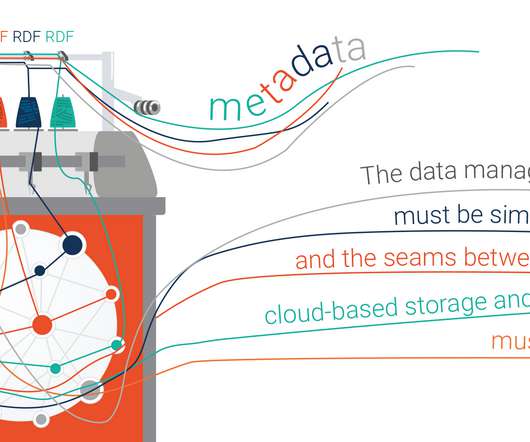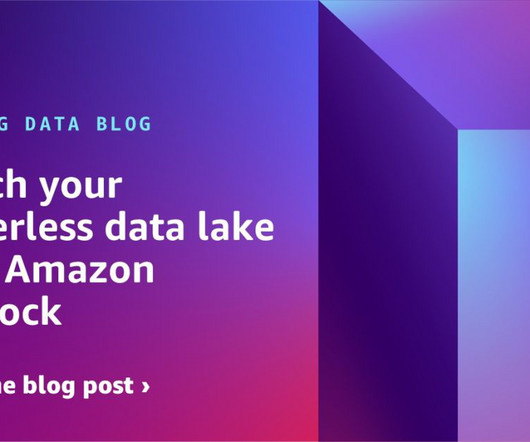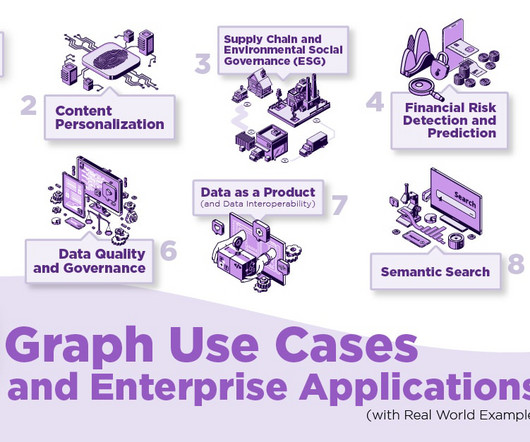On the Hunt for Patterns: from Hippocrates to Supercomputers
Ontotext
MAY 18, 2020
These are the so-called supercomputers, led by a smart legion of researchers and practitioners in the fields of data-driven knowledge discovery. Again, the overall aim is to extract knowledge from data and, through algorithms based on artificial intelligence, to assist medical professionals in routine diagnostics processes.















Let's personalize your content